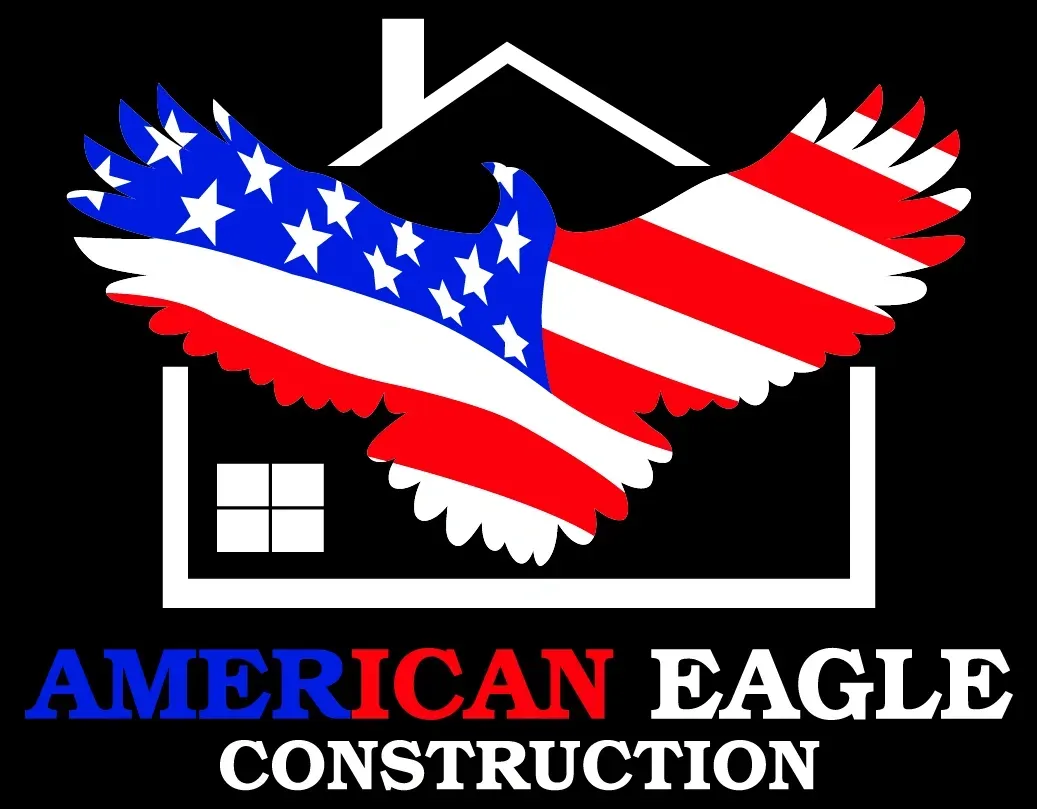
Different Types of Stone Used in Architecture | Guide & Examples
What Are the Most Common Types of Stone Used in Architecture?
Architecture has always drawn inspiration from the natural world, with stone standing out as one of the most enduring building materials throughout history. The durability, aesthetic appeal, and versatility of various stones make them a popular choice for everything from ancient temples to modern skyscrapers. Let's delve into the most common types of stone used in architecture and explore what makes each one unique.
How Does Granite Contribute to Architectural Durability?
Granite is renowned for its strength and resilience. Composed mainly of quartz and feldspar, granite is a dense, hard natural stone that resists scratches, weathering, and heat. These qualities have made it a favored material for countertops, facades, and monuments. Its natural speckled appearance adds an element of visual interest that complements diverse architectural styles.
Historically, granite has been used in iconic structures such as the Lincoln Memorial in Washington, D.C. and numerous bridges and public buildings. Its low porosity ensures longevity, making it suitable for both interior and exterior applications.
What Makes Marble a Timeless Choice for Elegance?
Marble is a metamorphic rock formed from limestone subjected to high pressure and temperature. Known for its smooth surface and striking veining, marble has been a symbol of luxury and sophistication since ancient times. Its aesthetic appeal makes it ideal for decorative elements, flooring, and even facades that aim to make a statement.
Popular in classical architecture, marble features prominently in structures like the Parthenon in Athens and the Taj Mahal. While it is softer than granite and more susceptible to staining, advancements in sealing and maintenance have extended its usability in modern design.
Are There Sustainable Aspects to Using Limestone in Construction?
Limestone, a sedimentary rock primarily composed of calcium carbonate, has been a traditional building material for centuries. Its soft, workable nature allows for easy carving and shaping, making it ideal for both structural and decorative elements.
From the ancient pyramids to contemporary buildings, limestone provides a warm, natural aesthetic. Its sustainability stems from its local availability and relatively low processing energy, reducing the environmental impact of construction projects. Limestone is often used for exterior cladding, paving, and interior finishes.
What Are the Benefits and Drawbacks of Using Sandstone in Architecture?
Sandstone is a sedimentary rock formed from cemented sand grains. It exhibits a wide palette of earthy tones, including reds, yellows, and browns. Its relatively easy workability and attractive appearance have made it popular in historical and modern architectural projects.
Architecturally, sandstone is suitable for wall cladding, façade panels, and decorative features. However, its porosity can pose challenges regarding weathering and erosion, especially in regions with heavy rainfall. Proper sealing and maintenance are essential to preserve its beauty over time.
Why Do Some Architects Prefer Slate for Roofing and Flooring?
Slate is a fine-grained metamorphic rock derived from shale. Its durability, natural cleft, and appealing color variations—ranging from dark gray to purple—make it excellent for roofing, flooring, and exterior cladding.
One of slate's key advantages is its resistance to water, mold, and frost, ensuring longevity in diverse climates. Its resistance to planking and scratching is also valued in high-traffic areas, adding to its reputation as a reliable architectural material.
What Are the Differences Between Natural Stone and Engineered Stone?
Natural stones like granite, marble, and limestone are quarried directly from the earth. They possess unique patterns and textures but can vary in quality and consistency. Engineered stones, on the other hand, are manufactured composites designed to mimic natural stones while offering enhanced durability and uniformity.
Learn more about the advantages and disadvantages of this alternative at [Pros and Cons of Engineered Wood Products](https://amerieagleconstruction.com/post/pros-and-cons-of-engineered-wood-products). When choosing between natural and engineered stone for your project, consider factors like maintenance, aesthetic preferences, and environmental impact.
How Do Environmental Considerations Influence Stone Selection?
The environmental footprint of stone extraction and processing can be significant. Sustainable architecture increasingly emphasizes the importance of selecting materials with low embodied energy and minimal ecological impact.
Locally sourced stones reduce transportation emissions and support regional economies. Additionally, some stones are recyclable or can be repurposed, making them attractive options in eco-conscious designs.
What Factors Should You Consider When Choosing a Stone for Your Architectural Project?
- Durability: Will the stone withstand environmental conditions and usage demands?
- Aesthetic Appeal: Does the stone's color, texture, and pattern match the design vision?
- Cost and Availability: Is the stone readily accessible within your budget?
- Maintenance and Longevity: What level of upkeep is required to preserve its appearance?
- Environmental Impact: How sustainable is the sourcing and processing of the stone?
Where Can You Find Expert Guidance in Selecting the Right Type of Stone?
Choosing the appropriate stone involves complex decisions about aesthetics, performance, and sustainability. Consulting with experienced architecture and construction professionals ensures your project aligns with your vision and functional needs. For guidance tailored to your specific project requirements, consider visiting [Top Commercial Architects in Newark, New Jersey](https://amerieagleconstruction.com/post/top-commercial-architects-newark-new-jersey), who can advise on suitable materials and design strategies.
Can the Selection of Stone Impact the Overall Architectural Style?
Absolutely. The type of stone used can define or complement an architectural style. For example, limestone might evoke a classical or timeless feel, whereas sleek granite often lends a modern, robust aesthetic. The texture and color of stone not only influence visual harmony but also contribute to the personality and identity of a building.
What Are the Challenges and Considerations in Working with Different Stones?
While natural stones offer many advantages, they also come with specific challenges. Variations in porosity, hardness, and weight can affect installation and long-term performance. Some stones require specialized tools and techniques, while others might need sealing or regular maintenance to prevent damage.
Understanding these nuances is essential when planning your project, especially for large-scale constructions or high-traffic environments.
Restoring historic structures often involves sourcing original or compatible materials. Types of stone like limestone and sandstone are frequently used because of their historical prominence and ease of repair. Working with experts, such as [custom home architects](https://amerieagleconstruction.com/post/custom-home-architects-union-city-new-jersey), ensures the preservation of architectural integrity.
Construction firms often collaborate with quarry owners and suppliers to obtain high-quality materials. Proper sourcing ensures the stone meets specific standards for strength, appearance, and sustainability. Companies like American Eagle Construction maintain relationships with reputable quarries to guarantee material excellence and project success.
Regular cleaning with gentle detergents, sealing porous stones, and inspecting for cracks or damage are key practices. Proper maintenance ensures the stone maintains its aesthetic appeal and structural integrity throughout decades of use.
Frequently Asked Questions (FAQs)
Granite is generally considered the most durable stone for outdoor applications due to its hardness and resistance to weathering. Its robustness makes it suitable for pavements, building facades, and monuments exposed to environmental elements.
Yes, many natural stones can be recycled or repurposed. Old stonework can be cleaned, cut, and integrated into new construction or renovation projects, promoting sustainability and preserving historical elements.
Cost is affected by the rarity, quality, processing requirements, and transportation of the stone. Locally available materials tend to be more economical, whereas exotic or highly specialized stones may carry higher prices.
How Can American Eagle Construction Help You With Your Stone Selection?
At American Eagle Construction, we understand the importance of selecting the right materials to ensure your project’s success. Our experienced team offers in-depth insights into the best types of stone to match your aesthetic and functional needs. We assist in sourcing high-quality materials and coordinating their installation to uphold the highest standards of craftsmanship. For detailed guidance and personalized solutions, visit our page on [how to choose an architect](https://amerieagleconstruction.com/post/how-to-choose-an-architect-white-plains-new-york).
Conclusion
The world of architecture is enriched by the diverse array of stones available to designers and builders. Each type of stone—be it granite, marble, limestone, sandstone, or slate—brings unique features and character to architectural projects. Understanding these differences enables architects and clients to create structures that are not only visually stunning but also resilient and sustainable. With expert guidance and careful consideration, the right choice of stone can elevate any building to a new level of excellence.














